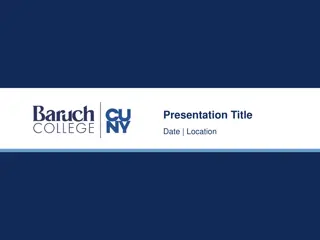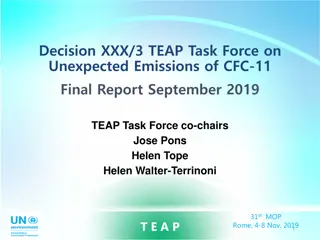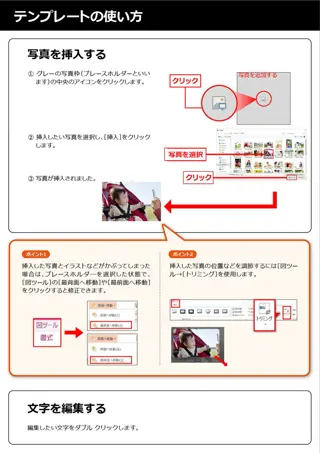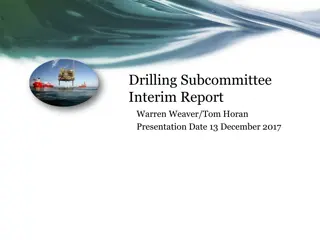
Efficient Kelp Drying Solutions for Rural Coastal Communities
Explore sustainable kelp drying methods for remote coastal communities, addressing challenges like high perishability and steep operational costs. This project, funded by the Alaska Fisheries Development Foundation, aims to identify scalable solutions through collaboration with stakeholders and innovative technologies.
Download Presentation

Please find below an Image/Link to download the presentation.
The content on the website is provided AS IS for your information and personal use only. It may not be sold, licensed, or shared on other websites without obtaining consent from the author. If you encounter any issues during the download, it is possible that the publisher has removed the file from their server.
You are allowed to download the files provided on this website for personal or commercial use, subject to the condition that they are used lawfully. All files are the property of their respective owners.
The content on the website is provided AS IS for your information and personal use only. It may not be sold, licensed, or shared on other websites without obtaining consent from the author.
E N D
Presentation Transcript
Evaluating and Sharing Methods to Efficiently Dry Kelp for Rural Communities Barnacle Foods Joint Innovation Project -2023 Akiva Gebler, Barnacle Foods Max Stanley, Barnacle Foods This report was funded by the Joint Innovation Project grant from the Alaska Fisheries Development Foundation. Spruce Root will help share this project throughout southeast Alaska with communities and stakeholders in the mariculture industry.
This Project Identify sustainable and scalable kelp drying solutions for remote coastal communities in Alaska
Why Dry? Seaweed and kelp are most commonly sold in dried form Kelp is high perishable Long transportation distances from farm to market Steep operational costs, energy, labor costs at remote farms
Testing - Mechanical Dewaterer Screw press Low throughput Minimal liquid extraction High capital cost Not recommended
Testing - Cabinet Dryer Energy Consumption: Moderate to low Drying Efficiency: Moderate to high Labor Requirements: High Capital Cost: Low to High Recommended Key point: Balancing drying time with labor cost
Further Work Further testing, modification, and adaptation of existing technologies will be needed Collaborative efforts between farmers, manufacturers, and researchers will continue to be essential Containerized thermal dryers and electric heat pump systems demonstrated promise and should be prioritized for future deployment






















